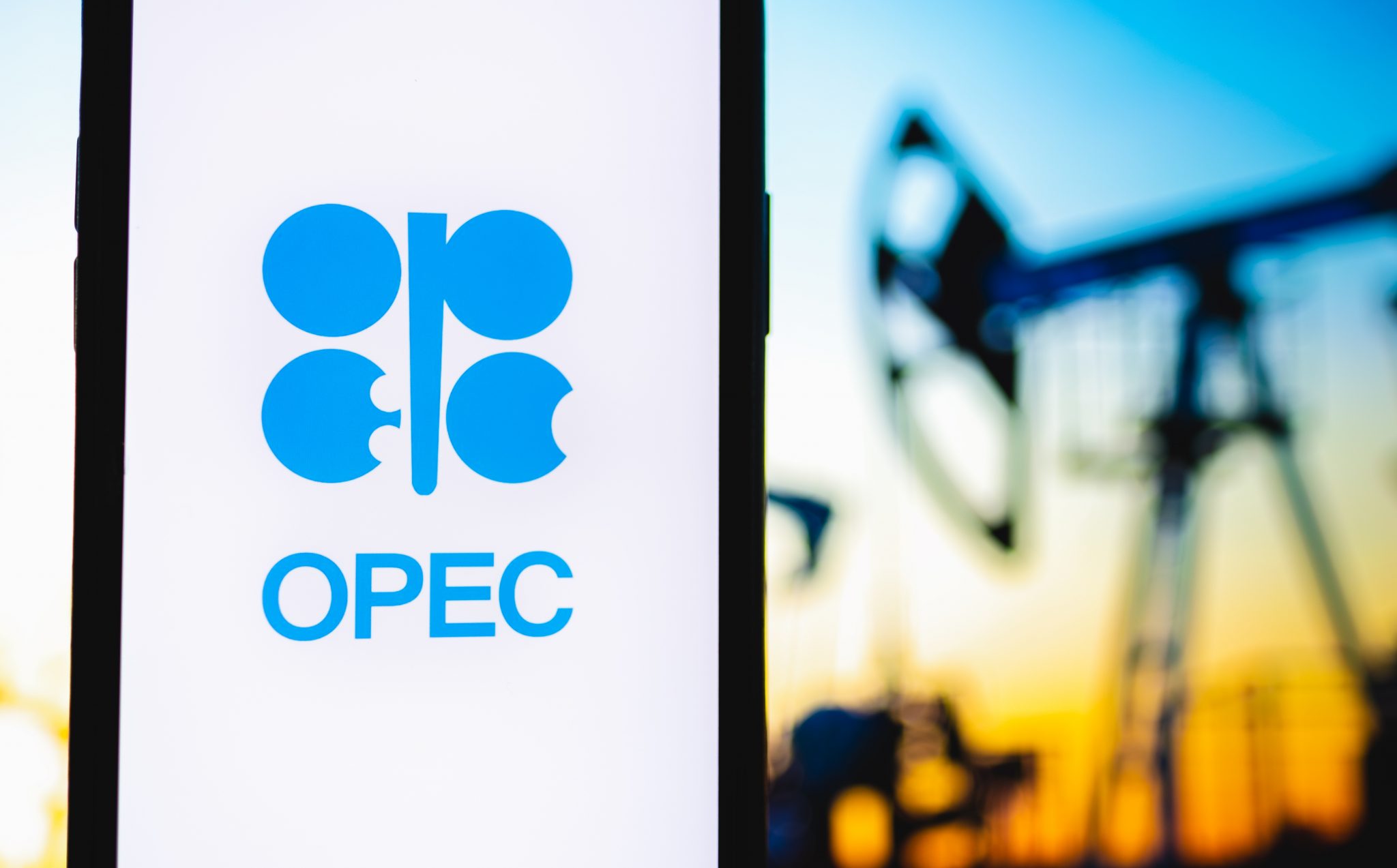
OPEC+ Faces Fork in the Road
OPEC+ once again extended its oil production cuts this month. The decision was anything but unexpected and, unlike previous production policy announcements, it had the desired effect on prices. However, it could only work for so long. Soon, OPEC will need to make a decision.
Last year, oil traders were almost exclusively focused on demand and threats thereof, especially in China. This year, they are beginning to understand that withholding 2.2 million barrels of oil daily while global demand actually rises will, at some point, start eating into supply. Oil prices are on the rise.
True, some OPEC+ members have been producing more than their assigned quota, and they have been asked to take steps to compensate, which normally means temporary deeper cuts. But it seems that overproduction—and the rising output of quota-exempt Iran, Venezuela, and Libya—has not interfered with the purpose of the cuts. Only they cannot continue forever.
Some analysts have noted in the past few months that OPEC+ will have to start unwinding the cuts at some point, especially if Brent crude tops $100 per barrel. The argument made by these analysts is that at that point, prices will start destroying demand as they usually do.
Yet OPEC+ may decide to stick with the cuts until oil is well above $100, according to the CEO of Dubai-based consultancy Qamar Energy, Robin Mills. In a recent opinion piece for The National, Mills suggested sticking with the cuts is one of the two roads ahead of OPEC, with all foreseeable consequences, such as higher inflation and higher U.S. production. The other road Mills describes as OPEC believing its own strong demand forecasts and unwinding the cuts. This is definitely one way of framing the road ahead. In the same vein, however, one could argue that sticking to the cuts is also a sign of belief in OPEC’s strong demand expectations: if demand is so resilient and prone to expand, it will expand even in a higher-price environment.
This is precisely what happened in 2022 when the start of the Russia/Ukraine conflict pushed oil above $100 per barrel and held it there long enough for the annual average to come in at close to $95 per barrel. Demand during that year of high oil prices rose by over 2.5 million barrels daily. And that was before China came roaring back from the pandemic lockdowns, which only ended in late 2022.
So, while it would make sense to expect OPEC+ to start thinking about putting an end to its production cuts, it might make more sense to keep them in place—not least because an unwinding of the cuts would have about the same effect on prices as the news that U.S. shale output grew by over 1 million bpd last year.
OPEC expects oil demand this year to grow by 2.2 million bpd. With the cuts in place, this rate of demand growth is certain to push the global market into a deficit. Estimates of the size of this deficit vary, with the IEA seeing a “slight” deficit as a result of the OPEC+ cuts and stronger demand prompted by the Red Sea situation. Qamar Energy’s Mills, however, sees a deficit of as much as 4 million barrels daily developing later in the year.
Should this happen, there would be nothing easier for OPEC than announcing an end to the cuts, or at least a tweak, to avoid a price slump. And a deficit environment would be the best time to make these tweaks—with prices high and demand resilient, the effect of such an announcement on prices would be mitigated by the fundamentals. Because the cuts can’t go on forever, not when some OPEC members are already grumbling against the quotas.
By: Oil Price, By Irina Slav / April 11, 2024
